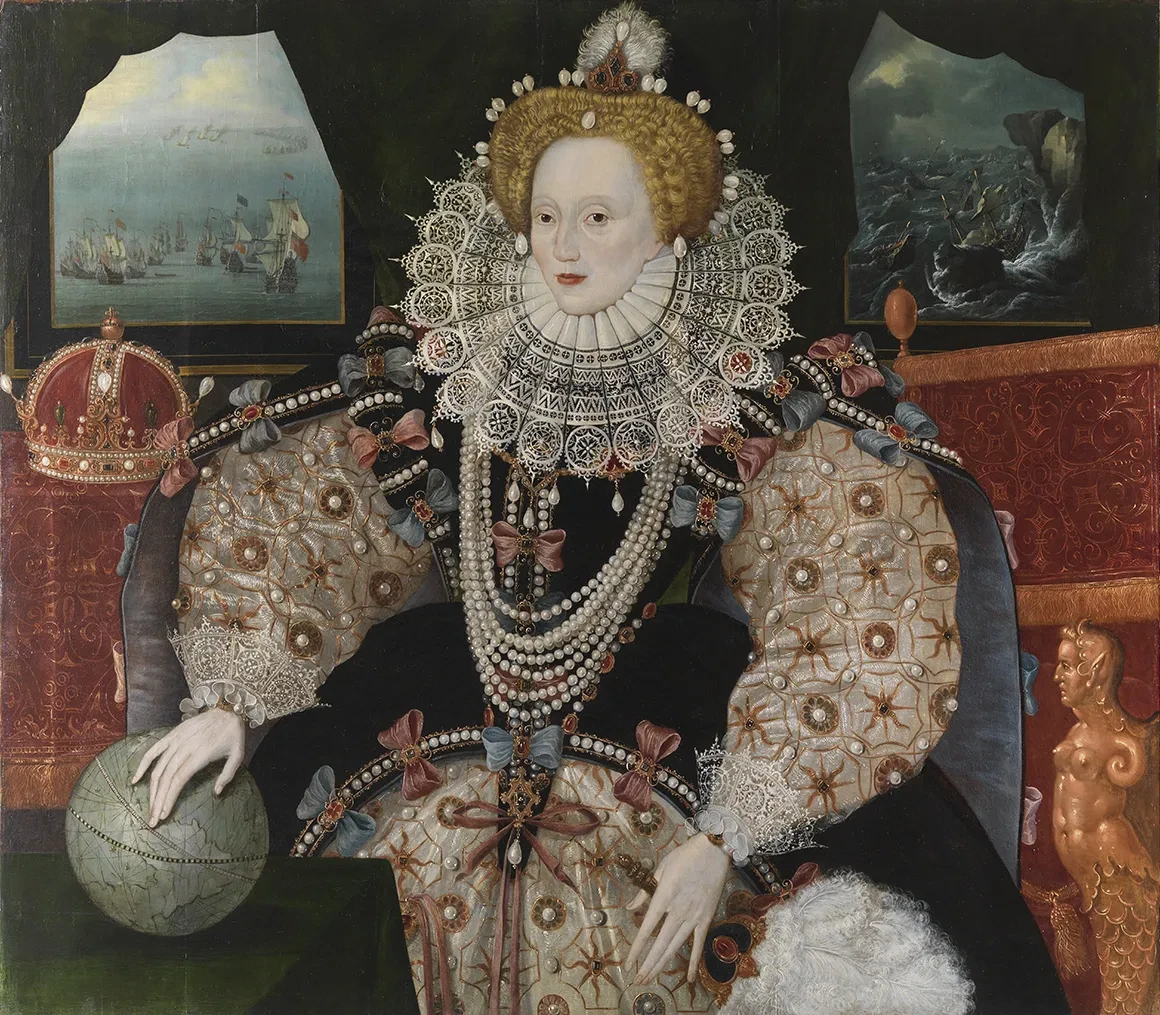
Elizabeth I: marriage and succession
Concerns about who would succeed Queen Elizabeth I saw Parliament petition her to marry and produce an heir almost immediately.
Early on in her reign, Queen Elizabeth I proclaimed that she would not marry because she was 'already bound unto a husband which is the Kingdom of England'. Nevertheless, numerous candidates were mooted and over the next two decades Elizabeth found each man unsuitable, for one reason or another.
Lord Robert Dudley, Earl of Leicester
The Queen seriously considered marriage twice. Early in her reign, her choice was the ambitious and dashing Lord Robert Dudley.
Robert Dudley was one of Elizabeth's ‘favourites’, a long-term suitor and believed by many to have been her one true love. Elizabeth's fondness for Dudley and his proximity to her as Master of the Horse and Privy Councillor, made him influential and envied for his access to the Queen. She called Dudley her 'Eyes' and 'sweet Robyn'.
The match was opposed by many, who thought that it was inappropriate for Elizabeth to marry a subject and feared the power and influence that Dudley would obtain as her husband. He was also already married, until his wife died in suspicious circumstances in 1560. Although Dudley was cleared of any involvement, rumours persisted and his reputation was tainted.
It was at this point that Elizabeth realised she could not marry him. Instead she made Dudley the Earl of Leicester in 1564 and the two remained close until his death in 1588.
Francis, Duke of Anjou
The second suitor whom Elizabeth seriously considered was Francis, Duke of Anjou, brother of King Henry III of France. Although this suitor came with political benefits, Elizabeth was genuinely attracted to the much younger Duke and eager to marry him. Her council, however, was deeply divided about the proposed Anglo-French alliance, not to mention marriage to a Catholic. In 1581 Elizabeth bowed to the pressure and called off the negotiations.
Bound to the Kingdom of England
Unable to marry the man of her choice without tarnishing her reputation or causing national divisions, Elizabeth remained single for the rest of her reign. She also steadfastly refused to allow discussion about the succession. As early as 1559 she made her reasons clear in a message to the House of Commons:
‘Assuredly, if my successor were known to the world, I would never esteem my state to be safe.’
Elizabeth sacrificed her personal happiness for the good of the state. At her death in 1603, Robert Dudley's last letter, written to her six days before his own death in September 1588, was found in a small casket by her bed. A poignant reminder of her sacrifice and what might have been.
Using our collections for research
The collections at Royal Museums Greenwich offer a world class resource for researching maritime history, astronomy and time.
Find out how you can use our collections for research
The Armada Portrait
Recently saved for the nation, the Armada Portrait commemorates the most famous conflict of Elizabeth I's reign – the failed invasion of England by the Spanish Armada in summer 1588. This iconic portrait is now back on public display in the Queen's House after careful conservation.
Find out more and visit The Armada Portrait



